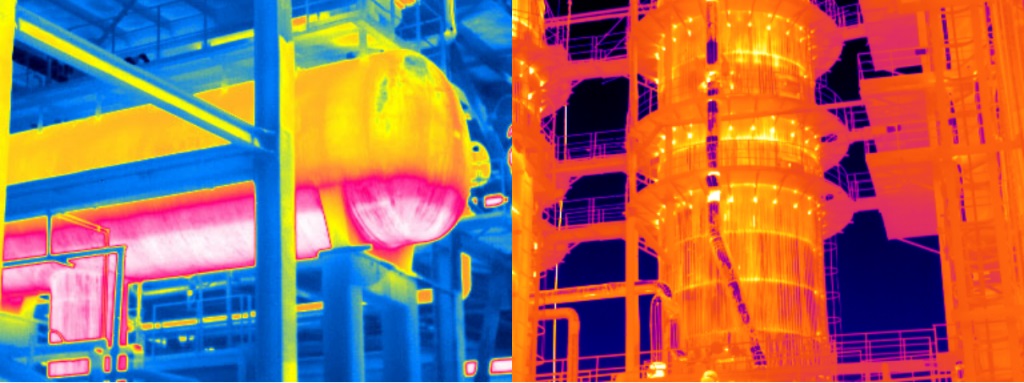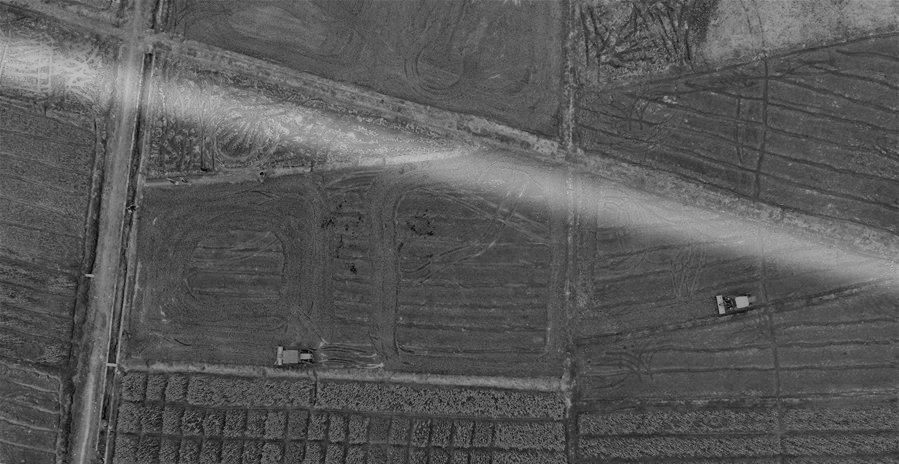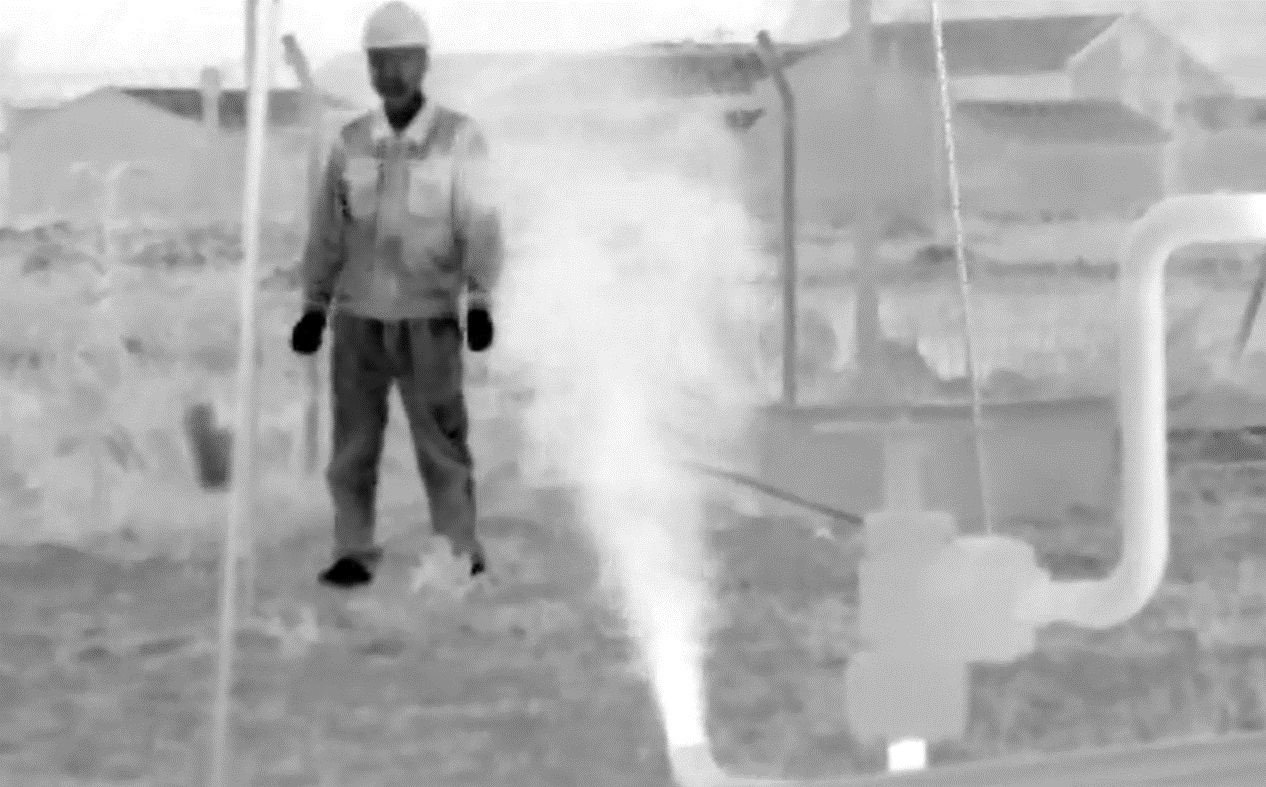Applications in Environmental Protection
Infrared thermal imaging technology is a powerful tool in environmental protection, offering non-contact, real-time monitoring capabilities for a variety of applications. Below are key areas where this technology enhances safety, efficiency, and operational reliability.
Storage Tank and Furnace Monitoring
Infrared thermal imaging enables monitoring of external thermal characteristics of storage tanks, gas tanks, and furnace tubes. It helps assess the degree of scaling inside tanks and the condition of internal linings, guiding maintenance planning. The technology provides critical insights into equipment health, ensuring operational safety and efficiency.

Pipeline Monitoring
In the petrochemical industry, pipelines are extensively used to transport oil and gas. Over time, pipelines may suffer from insulation damage, corrosion, scaling, or leaks. Infrared thermal imaging quickly identifies temperature anomalies along the pipeline, enabling early detection and timely intervention to prevent costly failures.
For example, during nighttime operations, pipelines carrying higher temperatures appear as lighter color lines in thermal images. Leaks are easily identified as areas with abnormal thermal patterns, allowing operators to address issues before they escalate.

Equipment Monitoring
Oil pumps are essential for petroleum extraction. Infrared thermal imaging monitors the operational condition of these machines in real time, identifying hotspots that may indicate potential issues. This proactive approach minimizes downtime, prevents equipment failure, and ensures uninterrupted production.

Valve Monitoring
Infrared thermal imaging provides a non-invasive method to monitor critical valves, including pressure relief valves, butterfly valves, check valves, and exhaust valves. Faulty valves can cause leaks of oil or gas, leading to production losses and safety hazards. Early detection through thermal imaging ensures timely repairs, preventing accidents and protecting personnel.